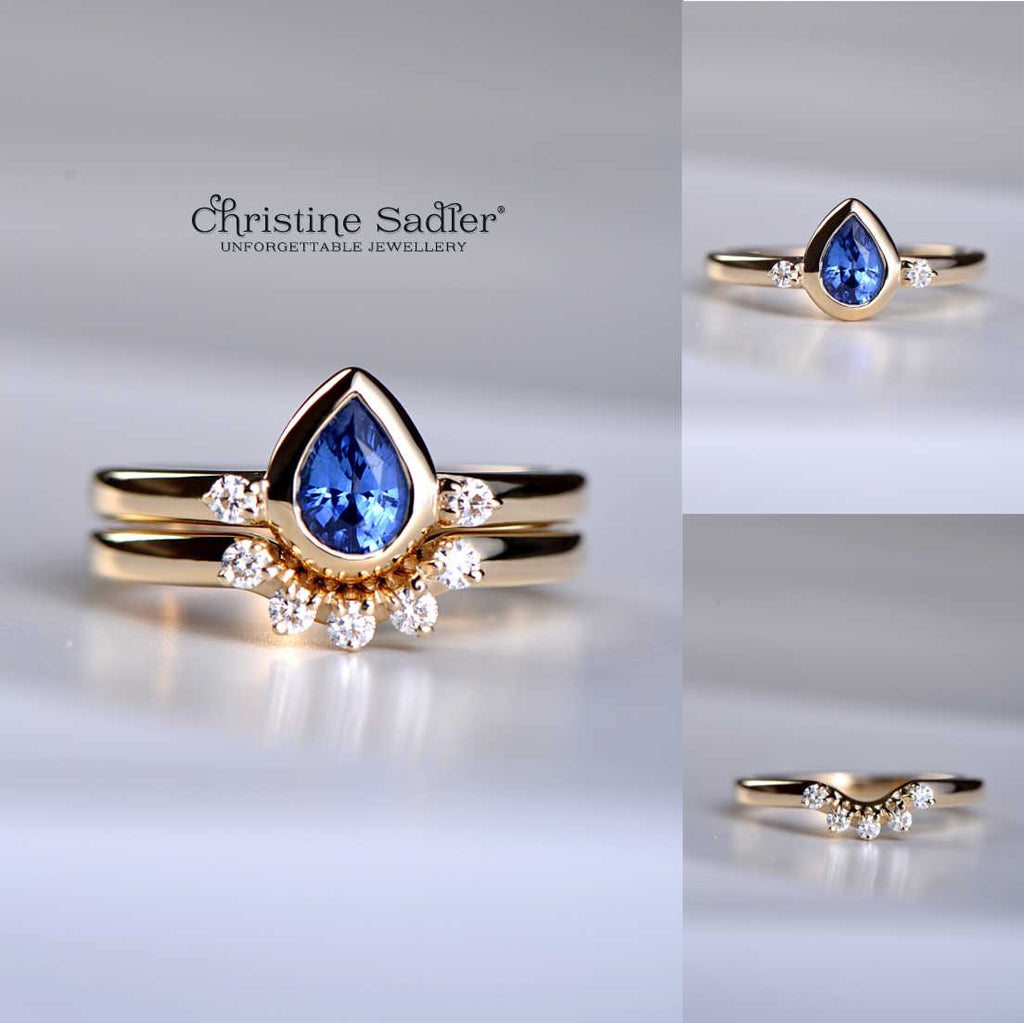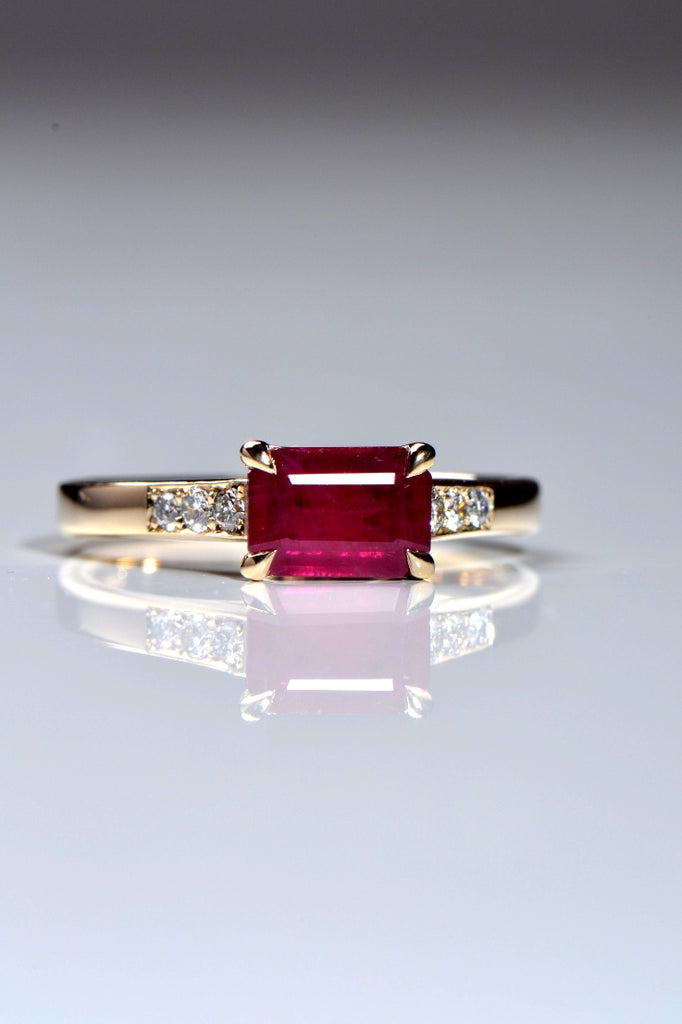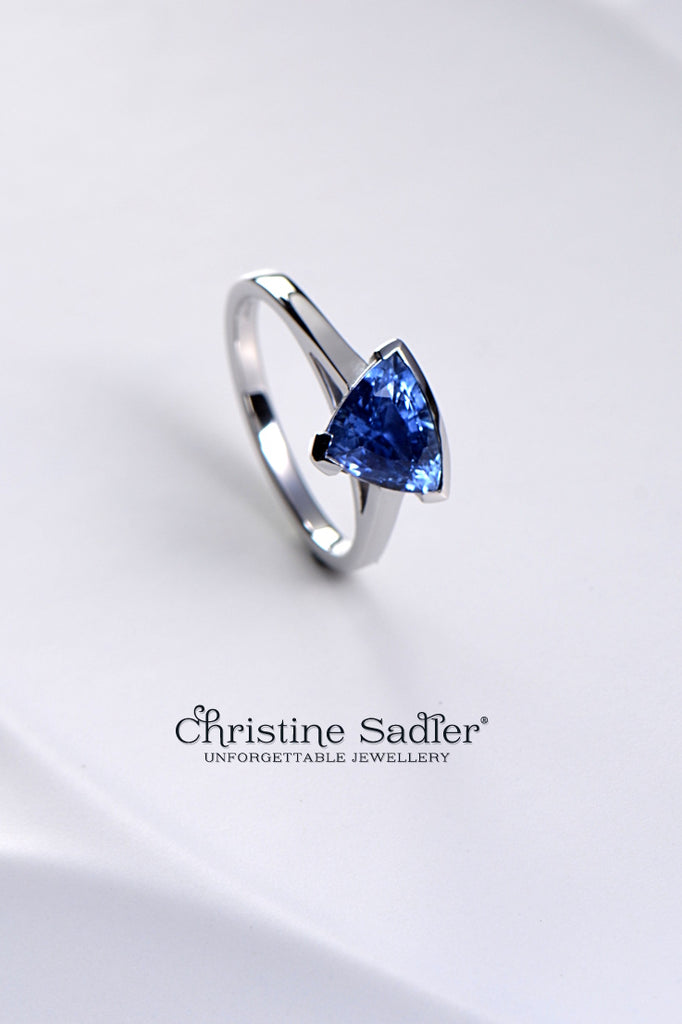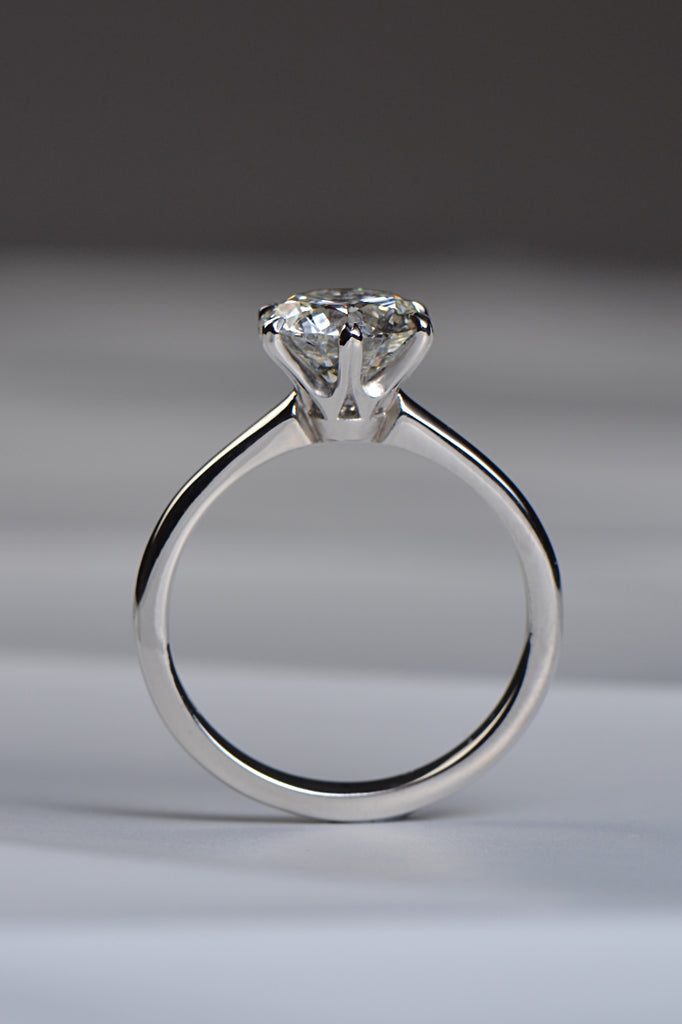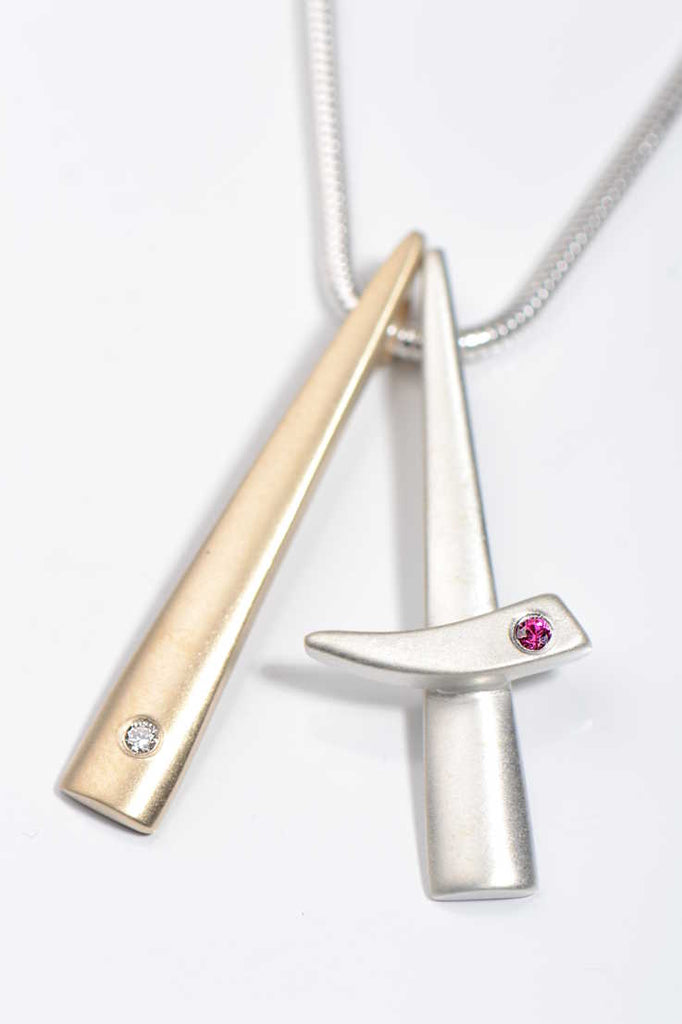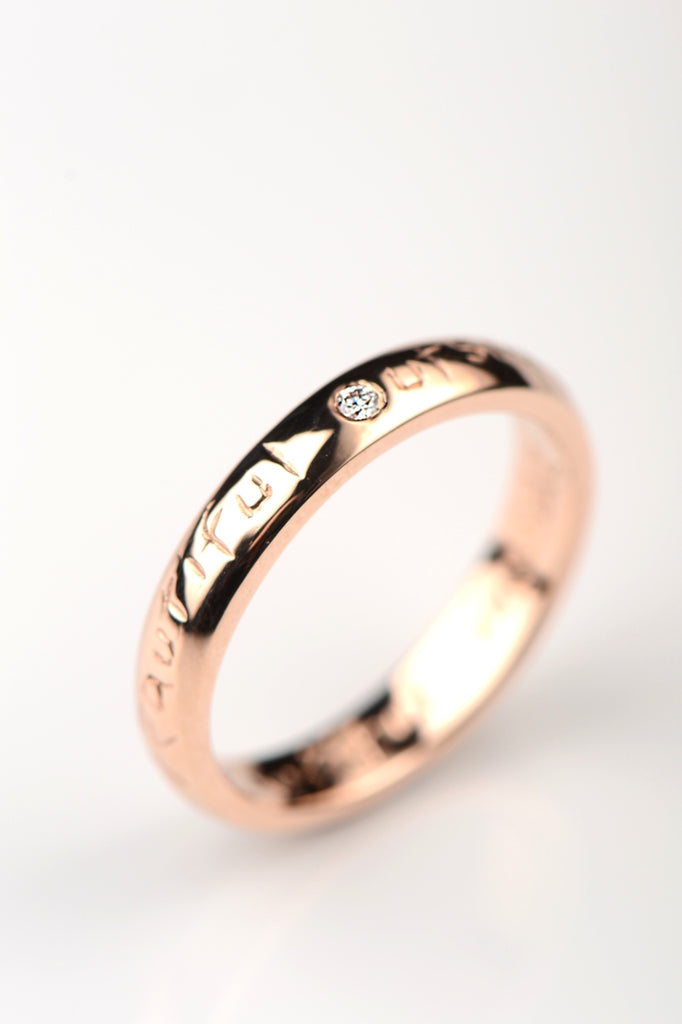
Natural beauty
Share
Flaws in gemstones are not similar to flaws in man made products. They do not exist due to poor craftmanship or bad quality control. They are evidence of the unique and special journey that these gems have experienced when they were grown in the belly of the earth.
As a gemstone forms many different things affect how it will eventually look. The heat and pressure put on it, the trace elements around it that get mixed in with it. For example, sapphire is a mineral known as corundum. Pure corundum is made up of aluminum and oxygen and is colourless. The blue that we are familiar with occurs when corundum is formed with titanium and iron. Orange sapphires have been formed with chromium and iron. In a ruby, which is also corundum, small amounts of chromium (about one percent) replace aluminum and give this gemstone its beautiful red colour. Rubies are really red sapphires but they are given a unique name because of how special and highly valued they are.
There are some flaws or inclusions that actually help the value of specific gems. For example, microscopic light-scattering inclusions enhance the colour uniformity in Kashmir sapphire by deflecting light into areas it would not normally go. The resulting velvety appearance of Kashmir sapphires adds value. Sunstone is also aided by light amounts of schiller (extremely tiny copper inclusions that create a cloud-like appearance), which in the right locations can add value.
Inclusions are a common feature in all natural gemstones and they are special because two gemstones will never have the same inclusions, giving each stone a unique identity, like a fingerprint. It is rare and unusual for a gemstone to have no inclusions so people naturally seek these stones out and pay more for them but that doesn’t mean gemstones with natural marks are somehow less special. In fact, these special marks tell us the secret story of the hidden journey that the gem has made and science is taking full advantage of these coded messages to discover more about the planet we live on.
Diamonds that aren’t made in a lab are typically born deep in the Earth, with the largest diamonds formed hundreds of miles under the surface of our planet. It’s impossible to observe that environment directly. Our deepest hole only extends 7.5 miles into the ground in Russia. Researchers recently announced they’d found an incredibly rare form of ice trapped in diamonds from China and a variety of mines in Africa. It got into the diamonds deep in the Earth as liquid water and got trapped in the growing diamond crystal. Then, when the diamonds ascended to the surface, that pocket of water reacted to the change in depth by freezing into IceVII. Ice VII is a cubic crystalline form of ice. The strength and robustness of the surrounding diamond kept samples of ice from melting back into water, even at the surface. The diamond is part prison, part time machine. Its crystal cage prevents escape, preserving material in conditions the gem experienced in the past. Scientists have found other materials trapped inside diamonds that tell them what was happening when our planet was being formed. It is our only link back to this place in time.
Rather than viewing flaws as imperfections they should be seen as character, as evidence of life and experience. The Japanese have a concept which they call “wabi-sabi.” It’s one of those beautiful foreign words that has no equivalent in English. Wabi-sabi acknowledges three realities: “nothing lasts, nothing is finished, and nothing is perfect.”
Our precious fleeting existence and the things we experience are kept alive through our children and those who love us. Those who can look at our flaws and see the beauty of our journey.


